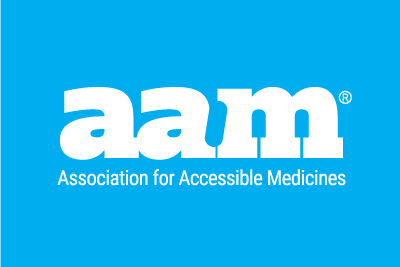Last week the U.S. Department of Health and Human Services announced a grant worth up to $812 million for a public-private partnership to manufacture COVID-related medicines in the United States.
In the rush to reclaim some of the U.S. manufacturing of medicines that has moved across the globe over the past two decades, journalists and politicians have cited alarming statistics regarding the proportion currently made in China. One of the most frequent numbers is 80%, but as this analysis from Reason clarifies, that figure is based on a chain of misunderstandings and exaggerations.
The truth is, we simply don’t have all the facts right now. The CARES Act recently passed by Congress requires volume reporting if the API is imported or offered for import to the US., but the first data will only begin to be collected in September. Meanwhile, what follows is the most reliable, relevant information we do have. These facts inform AAM’s Blueprint for Enhancing the Security of the U.S. Pharmaceutical Supply Chain and should be the true starting point for policy makers as they consider the most effective and realistic path to enhancing pharmaceutical production in the United States.
| Current U.S. manufacturing: 149 generic prescription drug manufacturing sites in the U.S. produce over 60 billion doses per year, according to AAM member survey data. Additionally, our industry employs over 52,000 workers. | |
|
|
|
As the nation fights the pandemic and simultaneously moves to onshore added manufacturing of prescription drugs, it is critical that policymakers and policy experts cite real data, backed up by facts.
By Jonathan Kimball, AAM Vice President, Trade and International Affairs





